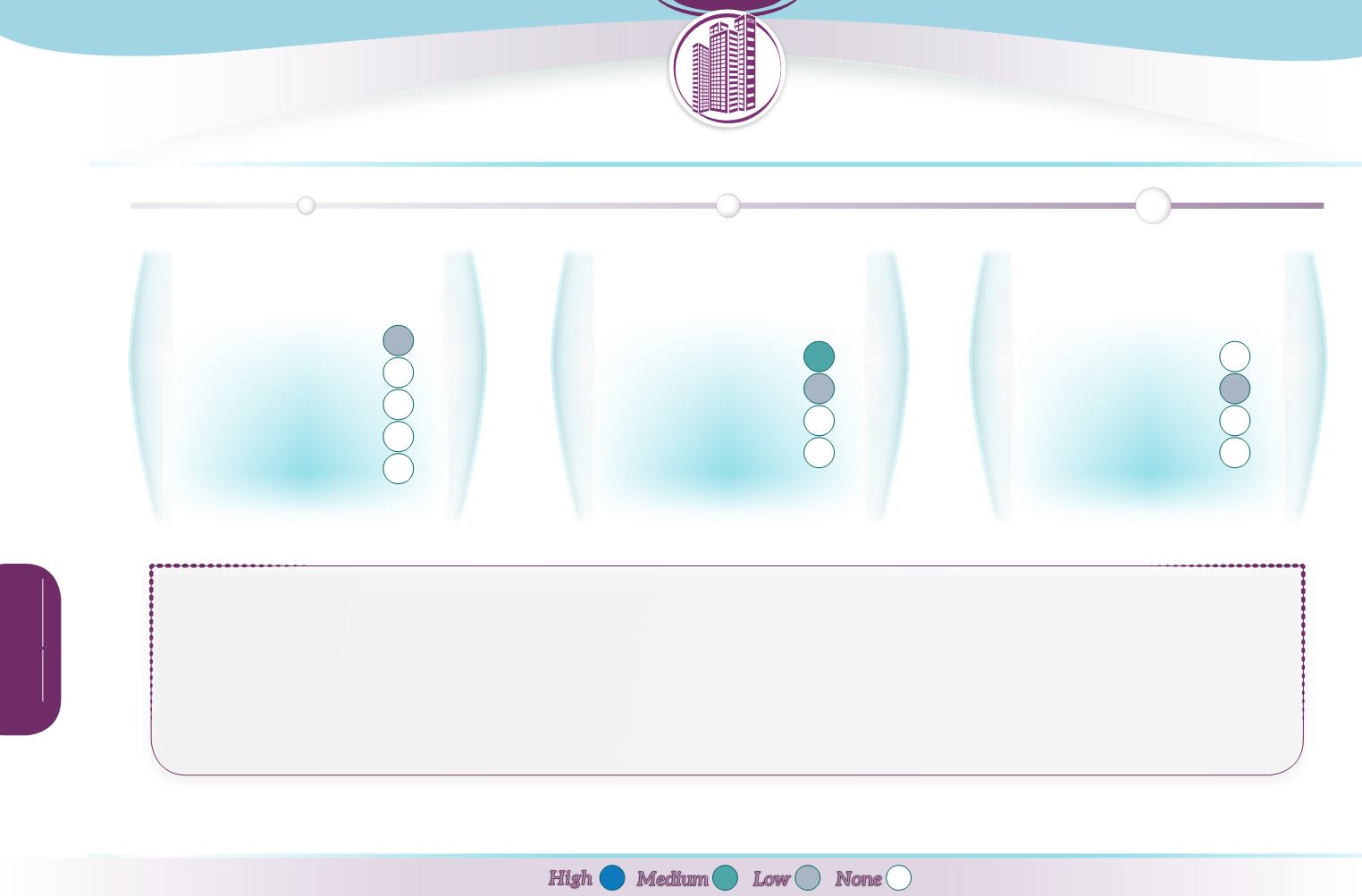
E
cosystem
servicesdelivered
Provisioning
Regulation & maintenance
Cultural
Abiotic
C
ontribution
topolicyobjectives
Water Framework Directive
Floods Directive
Birds & Habitats Directive
2020 Biodiversity Strategy
P
otential
biophysicaleffects
Runoff
Reducing pollution
Soil conservation
Habitat
Climate Change
High
Low
Medium
None
Capturing rainwater at source and storing it make it available for irrigation or other (usually) non-potable purposes. Rainwater harvesting
stores runoff
with the potential
therefore to reduce both the rate and total volume of runoff. However the actual effectiveness of rainwater harvesting is highly dependent on whether the system is specifically
designed for runoff storage or whether the primary aim is
water storage
. Unless space is specifically allocated for runoff storage, then there may be insufficient space to
provide benefit. This may vary with region, season and the use of the water: for instance in the UK, water harvested for irrigation is unlikely to be used in winter, so storage will
remain full, leaving no space for runoff storage. Rainwater harvesting thereby contributes to
flood risk management
when designed to accommodate it. Through this and
along with providing sustainable water supply, it plays a role in climate change adaptation.
Although providing a contribution to sustainable water use, rainwater harvesting has
limited potential
to significantly influence any aspect of theWater Framework Directive,
at least when considered in isolation. It neither has direct biodiversity benefit.


